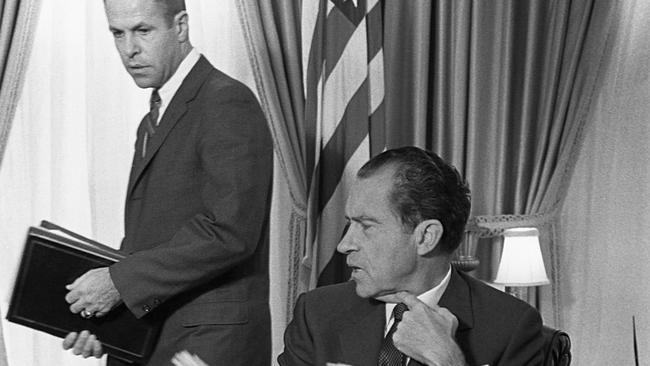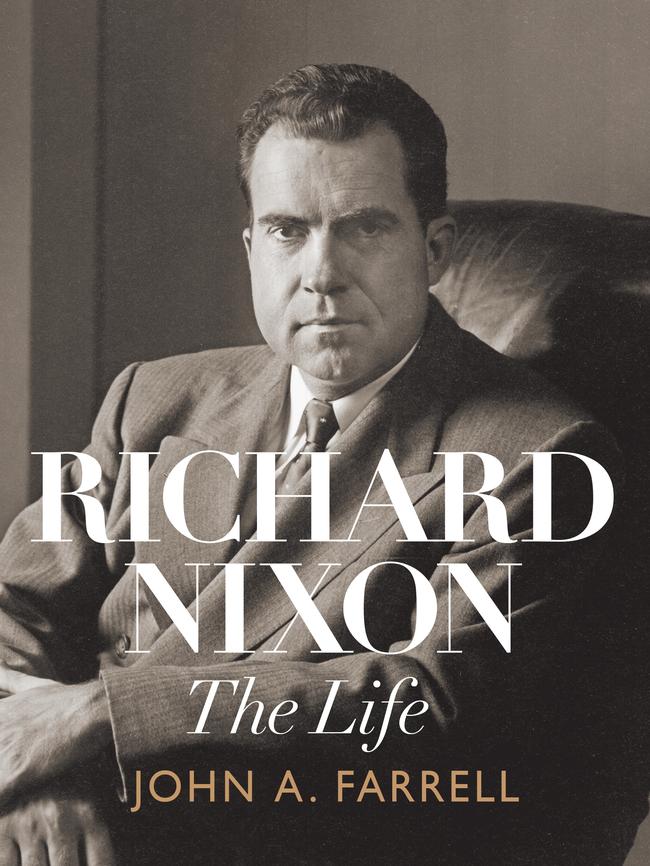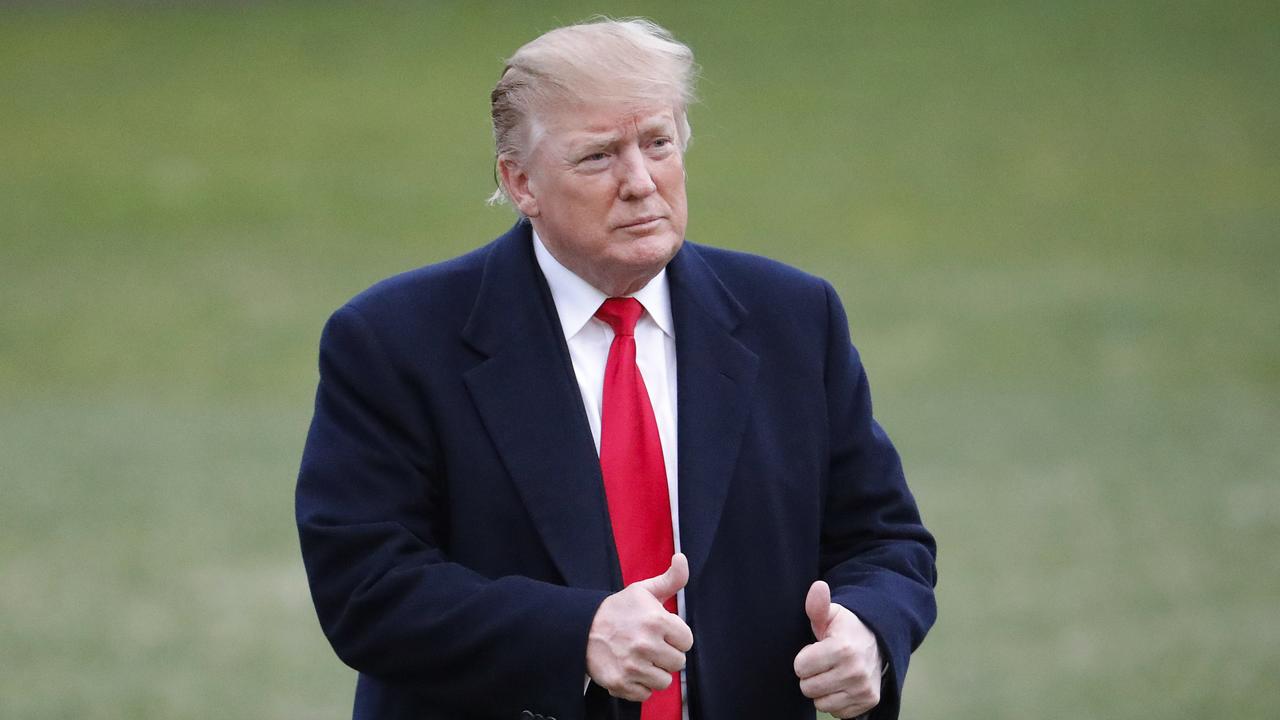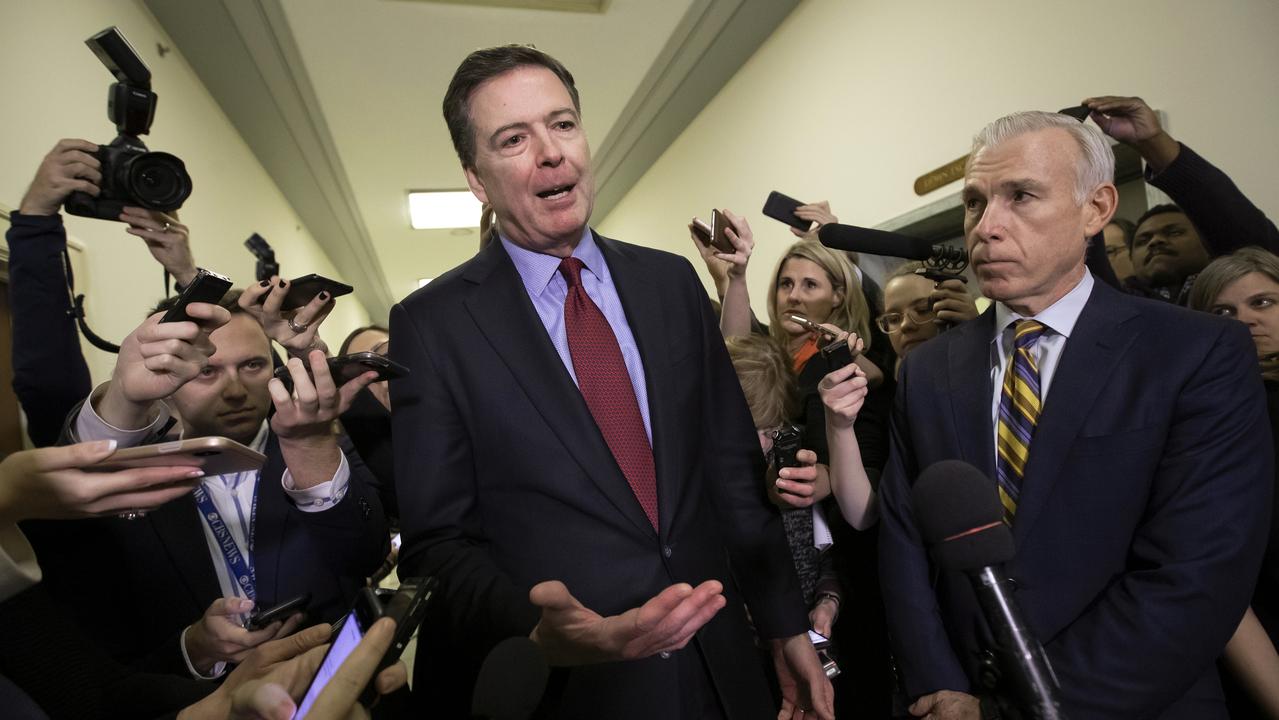Wedding day: extract from John Farrell’s Richard Nixon biography

On the Sunday morning that sired the flames that came to claim his presidency, Richard Nixon stirred slowly. The guest rooms at the White House were packed with relatives and friends who had gathered for Tricia Nixon’s wedding to Edward Cox, staged the previous evening amid the blossoms in a misty White House Rose Garden. The ceremonies had been a delight: “a fairyland” to rival Christmas, Oval Office secretary Rose Woods told the president.
Even Nixon danced. As the orchestra played the sentimental standard Thank Heaven for Little Girls, he twirled daughters Tricia and Julie and first lady Pat at an East Room reception for 400 guests. It was his first turn on the dance floor in the White House since becoming president 2½ years earlier, and he seemed to enjoy himself. “All of us were beautifully, and simply, happy,” he recalled. It had met the wish he conveyed to the newlyweds: “The day indeed was splendid.”
On the night before the wedding, Nixon slipped a note beneath Tricia’s door. “Today is the day you begin a long and exciting journey. I want you to know how proud I have been of you through the years — some of them — pretty difficult for you I’m sure,” he wrote. Because of who he was, what (parents) Frank and Hannah and time had made him, he spoke of the nobility of struggle.
“The years ahead will be happy ones because you will make them so,” he told his elder daughter. “Your strength of character will see you through whatever comes.”
The Nixons rifled through the wedding coverage in the Sunday morning newspapers. The New York Times was properly reverent, describing Tricia as “ethereal … beautiful” and “floating in organdy” to the altar. But the writers at The Washington Post, the president concluded, had been snide.
He got press secretary Ron Ziegler on the phone. The newspaper, an irritant of 20 years, was to be banned from White House social events, Nixon decreed. “They’re never to be in the White House again,” he said. “Never! Is that clear?”
“I just don’t like that paper,” said the wounded father of the bride. “They don’t care if it hurts.”
Nixon asked Ziegler to ready a tape of the TV coverage for the first family to watch. The networks had given lavish attention to the ceremony; their commentary was deferential and the ratings superb.
Dick had made a special effort to stand up straight, and he cut a dashing figure in his cutaway suit. Even the pugnacious CBS correspondent Dan Rather was respectful. Nixon would nag his staff in the coming days to lobby the network chiefs and have the show rerun as a prime-time special.
“Women all want to see the damn thing,” he’d tell chief of staff Bob Haldeman, in a conversation captured on the new voice-activated White House taping system. “If it were the Kennedys it would be rerun every night for three weeks, you know.”
Politics aside, it was a bittersweet moment. His girls were gone. Julie was married to David Eisenhower, grandson of Dwight, and now Tricia was departing for a new life as the wife of Ed Cox, a Princeton graduate attending Harvard Law School, described by The New York Times as “tall, fine-boned and handsome … the scion of easterners whose ancestors go back to … the American Revolution”. It was almost noon before Nixon could push the personal aside, settle into his hideaway office in the nearby Executive Office Building with confidant Bebe Rebozo, and check in on the world.
The day was June 13, 1971, and Nixon was primed to incite a crisis. In later years he would mark this spring as the nadir of his first term, a moment when his troubles were “so overwhelming and so apparently impervious” that he feared the war and its related woes had extinguished his chances for re-election. His approval rating had plummeted; less than half the country thought he was doing a good job. The Senate was voting on a series of measures to halt funding for military operations in Southeast Asia. The economy was uncooperative: “If the prospects are that dire,” Nixon told George Shultz, after getting a gloomy report, “maybe we all better turn in our suits and run for the hills.”
“Unless he acquires some new assets and divests himself of some old liabilities, his defeat seems probable,” Richard Rovere wrote in The New Yorker. He seemed “a sure loser”.
Nixon’s foes were legion. In late April and early May, a thousand Vietnam Veterans Against the War led a half million other anti-war protesters from groups such as the May Day Collective and the People’s Coalition for Peace and Justice at protests in Washington. The veterans camped on the Mall and tossed their medals over a fence at the Capitol. Others vowed to shut the government down through acts of civil disobedience.
Some rampaged through the city, vandalising property and confronting police. The authorities responded with illegal mass arrests, filling outdoor holding pens with thousands of detainees. To Nixon’s fury, the media took the side of the demonstrators, grilling him at a June 1 press conference about the threat to civil liberties.
The interrogation would have been more severe if the reporters had heard Nixon’s conversation with Haldeman on May 5, in which the president of the United States encouraged the White House chief of staff to enlist thugs from the Teamster union to assault the protesters.
“They’ve got guys who’ll go in and knock their heads off,” Nixon can be heard saying on the White House tapes.
“Sure. Murderers,” said Haldeman. “They’re going to beat the (expletive) out of some of these people. And, uh, hope they really hurt them … smash some noses.”
Cold War strategist George Kennan’s grand strategy — to contain Soviet aggression until Europe and Japan could re-emerge as great, countervailing powers — was succeeding. Indeed, the independent-minded Europeans and industrious Japanese were now presenting challenges of their own to American economic and diplomatic primacy. But the other danger that the former diplomat Kennan warned about — that Americans would lose their way in the long twilight struggle — had revealed itself as well.
The government that Nixon inherited was luxuriant in sin. For more than a decade, under Eisenhower, Kennedy and Johnson, it had spied on its citizens, suppressed dissent and sought to overthrow foreign governments.
The demonstrators taunting Nixon on his inauguration day on January 20, 1969, wore helmets, for the anti-war movement was well versed in police tactics. For years, the peace groups had been infiltrated, framed, bugged and beaten by agents of their government. The Nixon administration harried John Lennon, the Black Panther Party and Muhammad Ali, shielded Lt William Calley, who had been convicted of murdering 22 unarmed South Vietnamese in the My Lai massacre, and the guardsmen at Kent State accused of shooting unarmed anti-war protesters resulting in four deaths, and rounded up a cross-section of “usual suspects” — the Chicago Eight — to be prosecuted for the violence at the Democratic National Convention in 1968.
“The fact of the matter is that there is a little bit of the totalitarian buried somewhere way down deep in each and every one of us,” Kennan had warned.
The military-industrial combine prospered, the state flourished and the tentacles of surveillance spread throughout society. “I have destroyed him with the weapons I abhorred, and they are his,” the spy George Smiley says of a Soviet counterpart in the climax of the novelist John le Carre’s Cold War trilogy.
In the Oval Office on Saturday, Nixon can be heard fretting on the tapes as he waits for the rain to lift and give Tricia the outdoor wedding she hoped for. The president raged, sequentially, about his enemies in a hardy list that included the “long-haired, dirty looking” protesters; the eastern establishment; feminists; teachers unions; Jews (“Goddamn, they are a vicious bunch”); African-Americans (“We don’t do well with blacks … We don’t want to do so damn well with blacks”); the “softies” of the Ivy League; the “ass kissers and butter uppers” in the bureaucracy; and the “lousy dirty … cowardly bastards” in the press.
And TV host Dick Cavett, a boyish, sly Nebraskan whose talk show catered to sophisticates.
“We’ve got a running war going with Cavett,” Haldeman said.
“Is he just a left-winger? Is that the problem?” Nixon asked.
“Yeah,” said the chief of staff.
“Is he Jewish?” asked the president.
“I don’t know,” said Haldeman. “He doesn’t look it.”

This is an edited extract from Richard Nixon: The Life by John A. Farrell, published by Scribe ($59.99, hardback) on Monday.



To join the conversation, please log in. Don't have an account? Register
Join the conversation, you are commenting as Logout